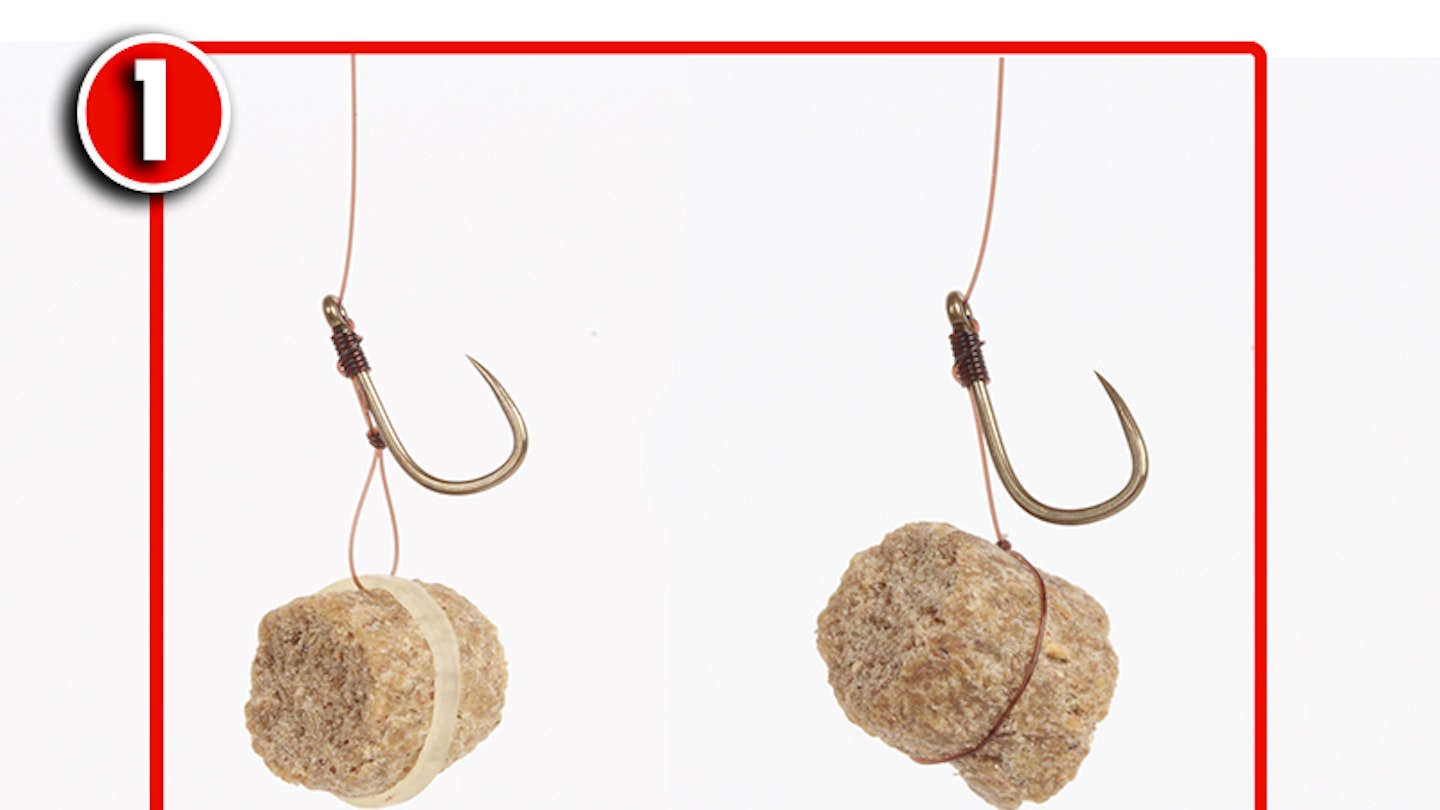The hair rig is usually accredited to carp fishing pioneers Kevin Maddocks and the late Len Middleton in the late 1970s as a solution to fish ejecting a conventionally-hooked bait.
As the bait is ejected the hook, free from the hindrance of a side-hooked bait, penetrates the inside of the fish’s mouth.
Since the early days when the ‘hair’ was literally that, there have been dozens of improvements and it is now universally used, and not just for specimen carp.
Hair rigs are easy to create yourself with a knotless knot and an eyed hook (see diagram below). To make things easier still, you can buy ready-tied hair-rigged hooklengths from tackle shops.
There’s never been a better time to give the hair rig a go…
BAND YOUR PELLETS
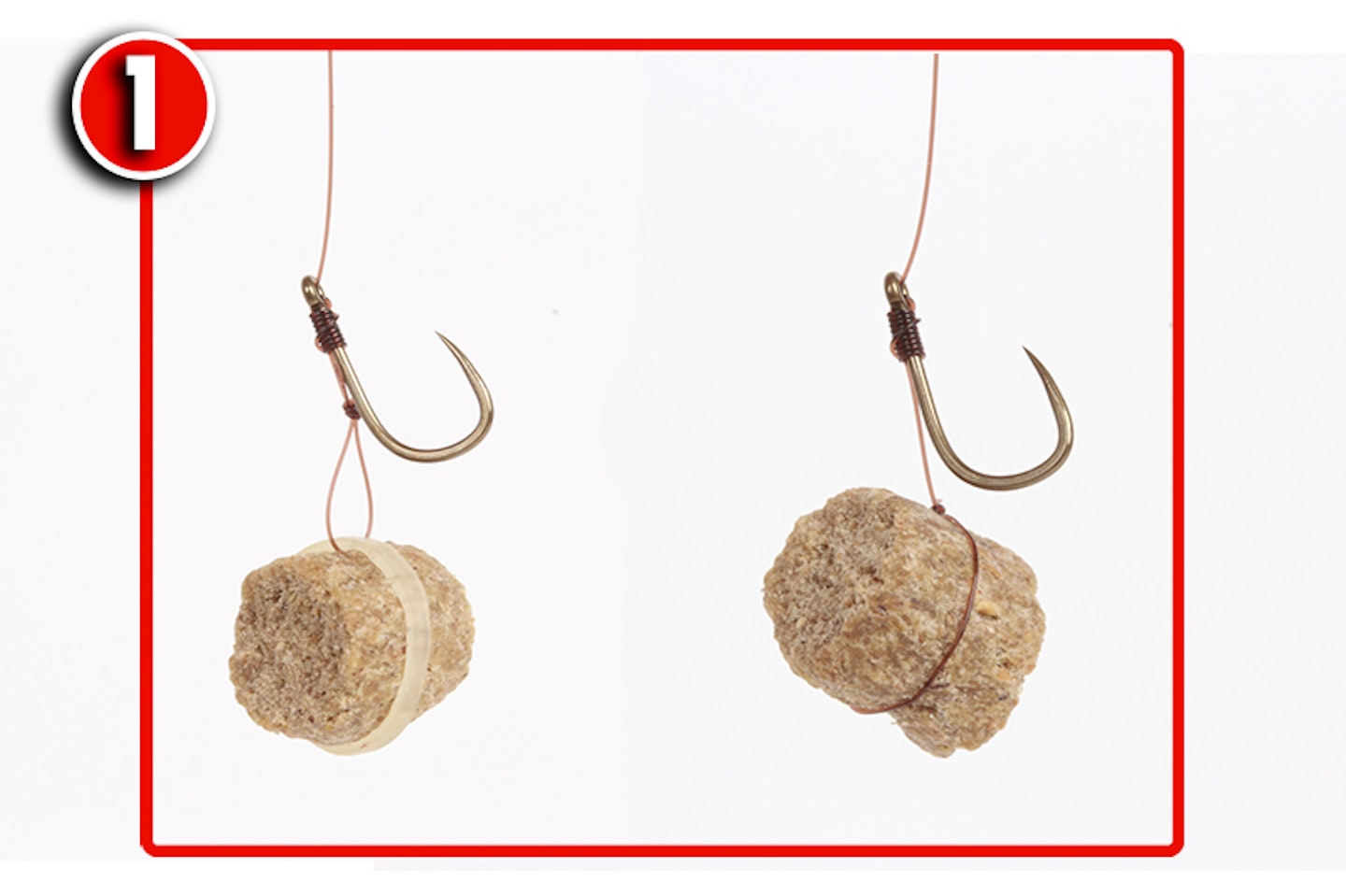
A popular way of using a hard pellet hookbait on commercial fisheries is to use a small elastic band to attach it to the hook. The band is tied into a loop at the end of the hair and slipped over the pellet to secure it.
This leaves the hook clear, and even if the bait is ejected by the fish, it will nearly always catch in the inside of the fish’s mouth.
An alternative way of hair-rigging a pellet is to use what is known as a ‘lasso’ – a loop tied in the end of the line which can be adjusted to secure different sizes of pellet.
TRY A CORN STACK
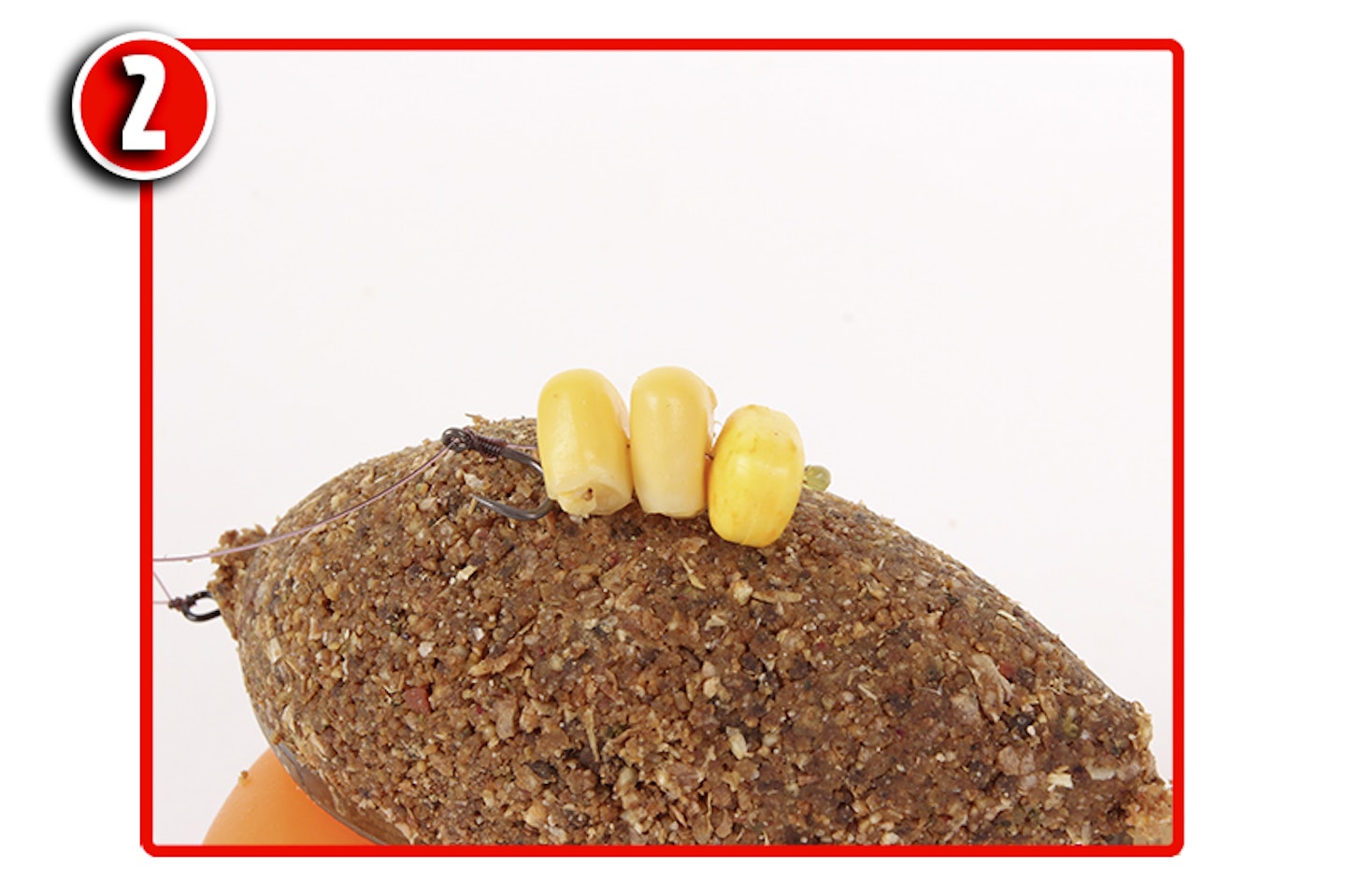
A great way of using a hair rig is with a Method feeder. A side-hooked bait will soon be ejected as a fish roots around the feed on a Method, but one that’s hair-rigged will be taken in without suspicion.
Try three grains of sweetcorn – known as a ‘corn stack’ – when fishing for carp and bream on the Method. You’ll need a longer-than-normal hair to accommodate this bait.
BUILD A SNOWMAN
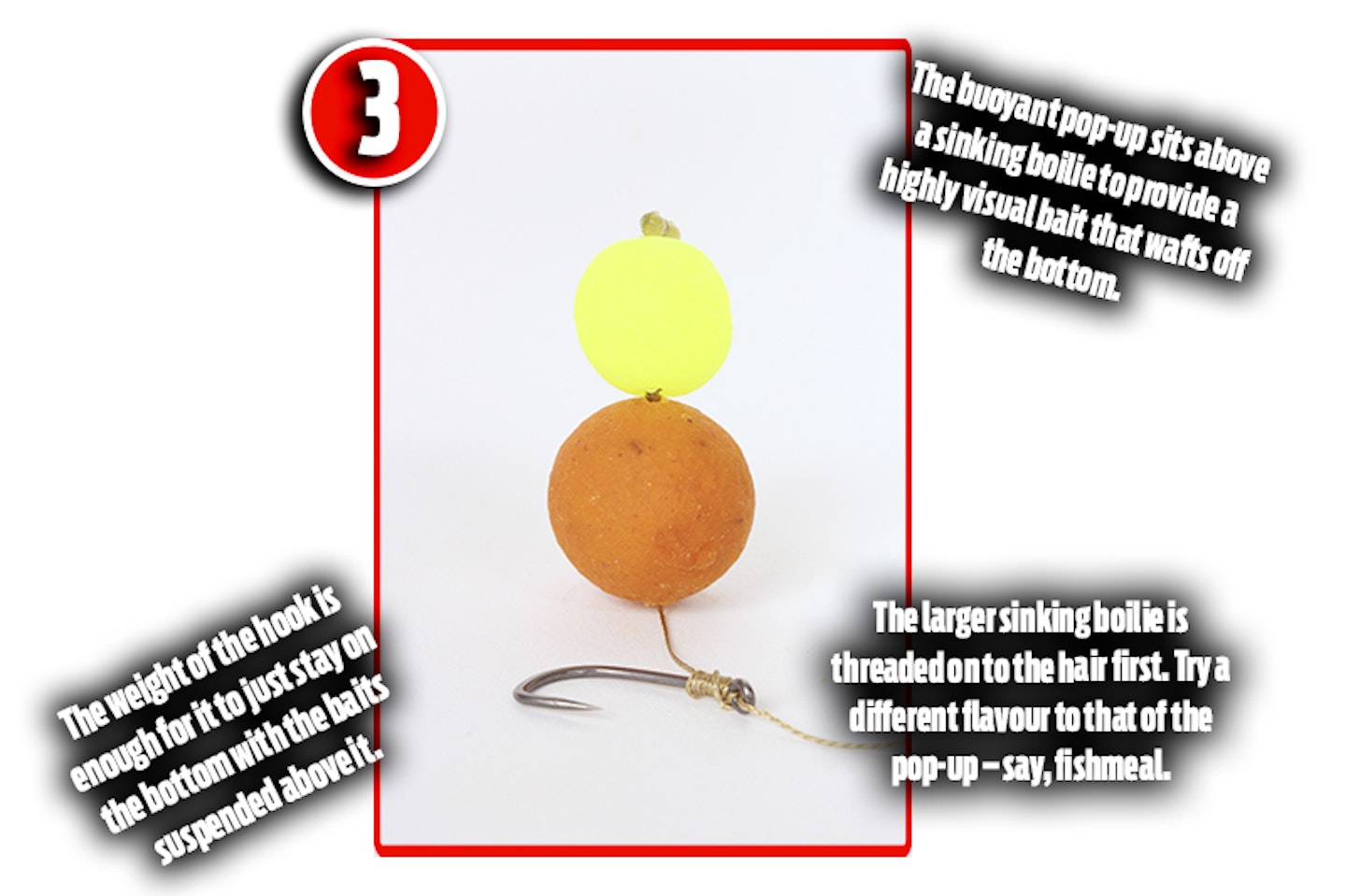
Step3.jpg
A hair-rigged combination of a sinking boilie and a buoyant pop-up boilie is known as a ‘snowman’, and is a great way fooling big, wary carp. The hair is threaded on to the sinking boilie first, followed by the pop-up, so that the hookbait wafts up off the bottom.
It’s a great bait to use on silty lakes, and don’t forget to experiment with colours too!
HAIR-RIG YOUR WORMS
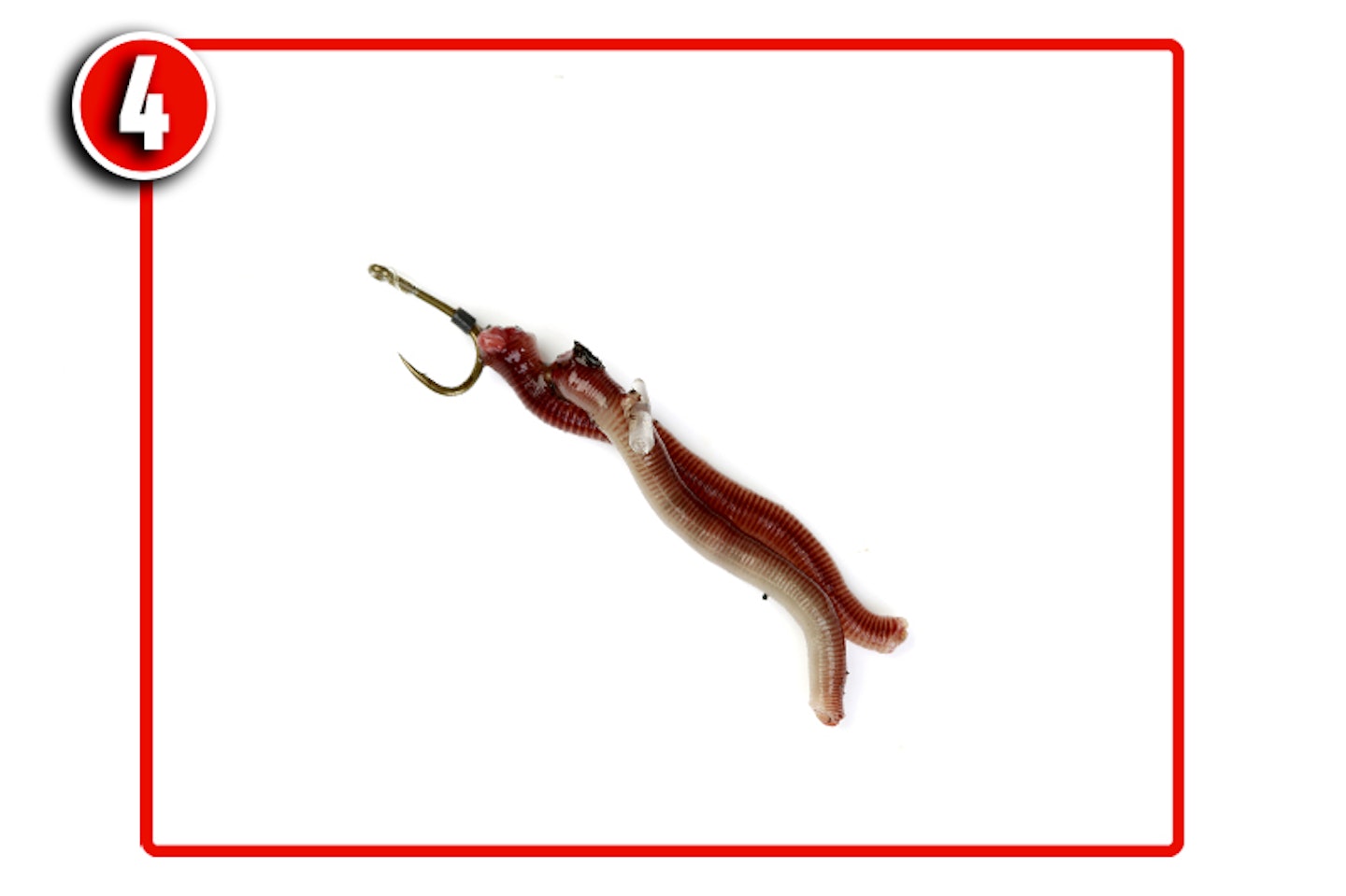
In recent years, top match anglers such as Steve Ringer have taken to hair-rigging worms when feeder fishing for bream.
They have done this not so much because of the extra hooking potential of a hair-rigged bait (although this helps, of course) but more to avoid the possibility of active worms working their way over the point of the hook.
The hair is threaded through two pieces of worm and secured in place by a bait stop – or a small section of rubber band. Simple!
DON'T FORGET TO FAKE IT
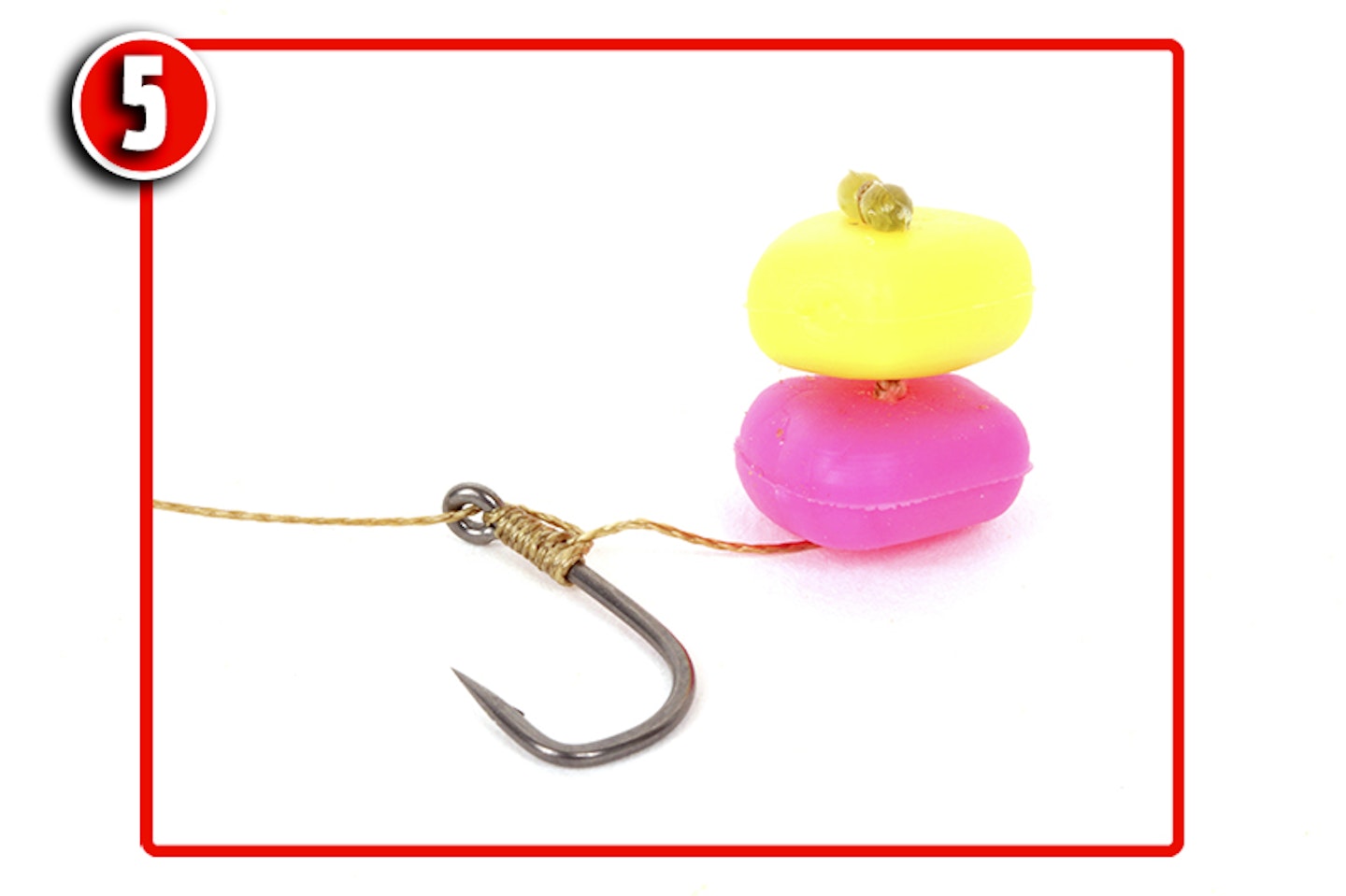
Imitation baits lend themselves very well to hair-rigging. Designed to avoid the unwanted attentions of small fish, these plastic baits won’t be nibbled to oblivion, meaning you’ll only catch the bigger fish in the swim.
Imitation baits come in many types, colours and flavours and they can also be buoyant, so you can create a hair-rigged bait that sits off the lakebed if you are fishing over silt.
GO FOR AN ALTERNATIVE
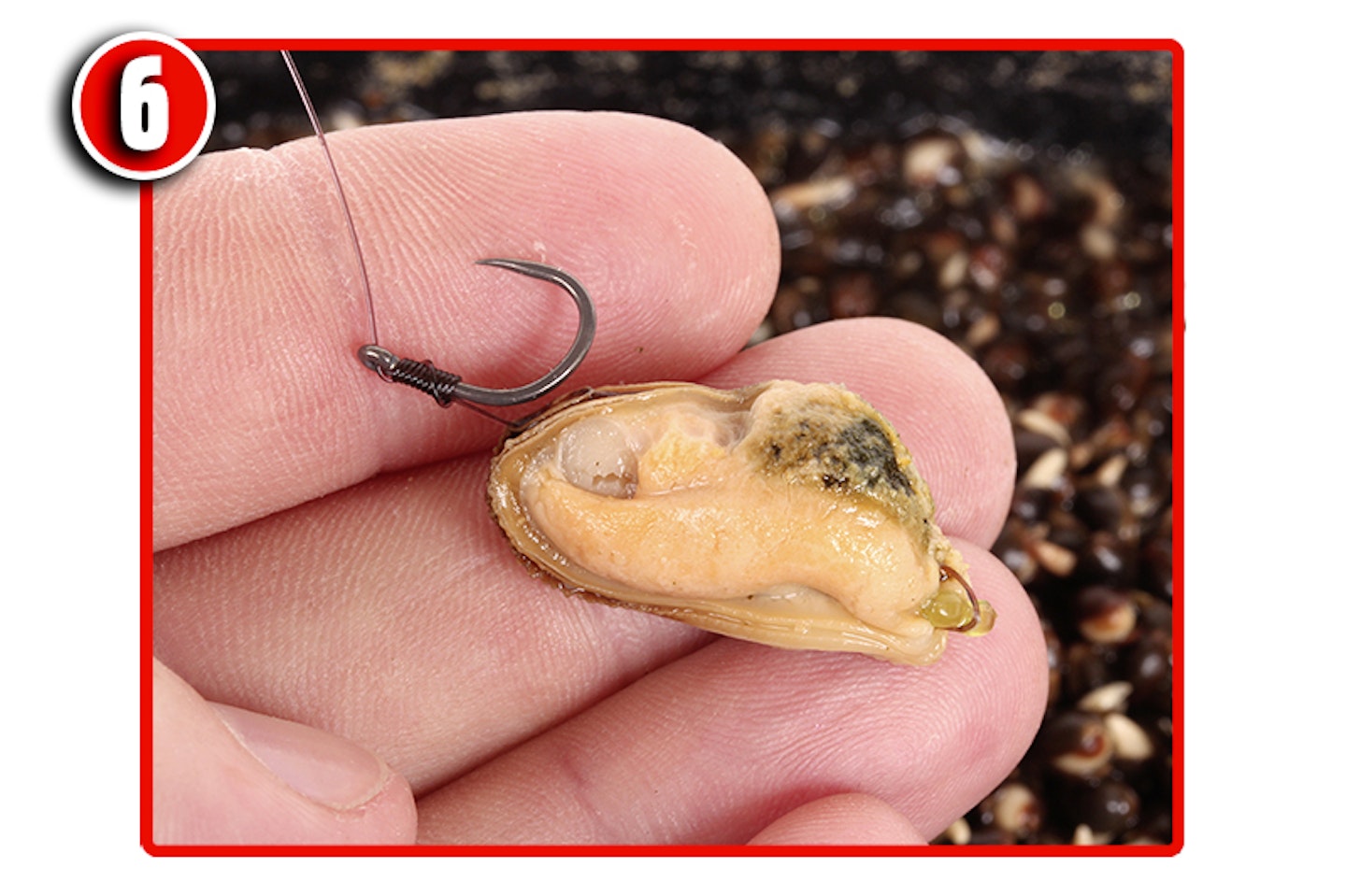
The sky’s the limit when it comes to hair-rigging baits, and the choice is limited only by your imagination.
For example, try hair-rigging a mussel for tench, a string of casters for a big roach, or even several dead maggots secured in a band.
